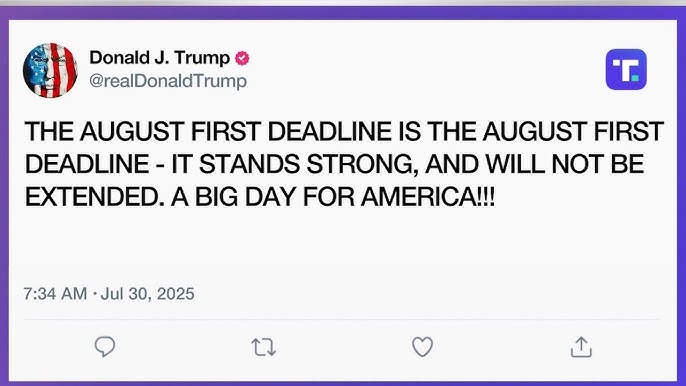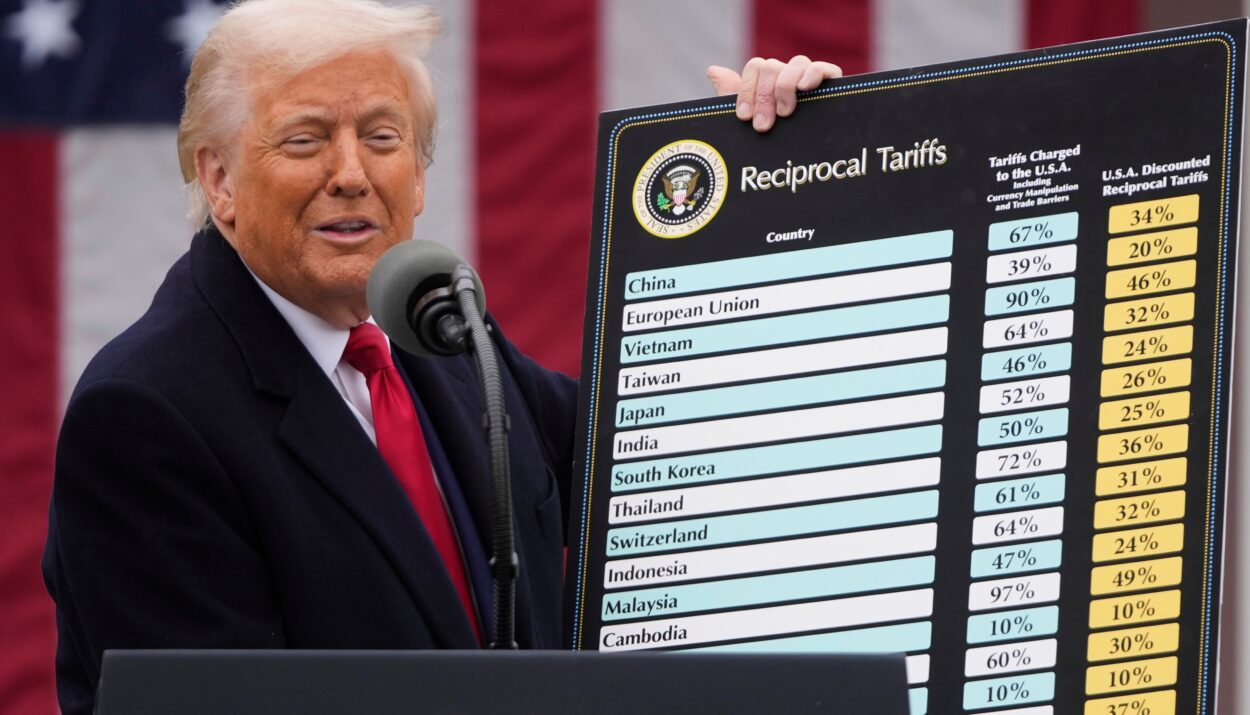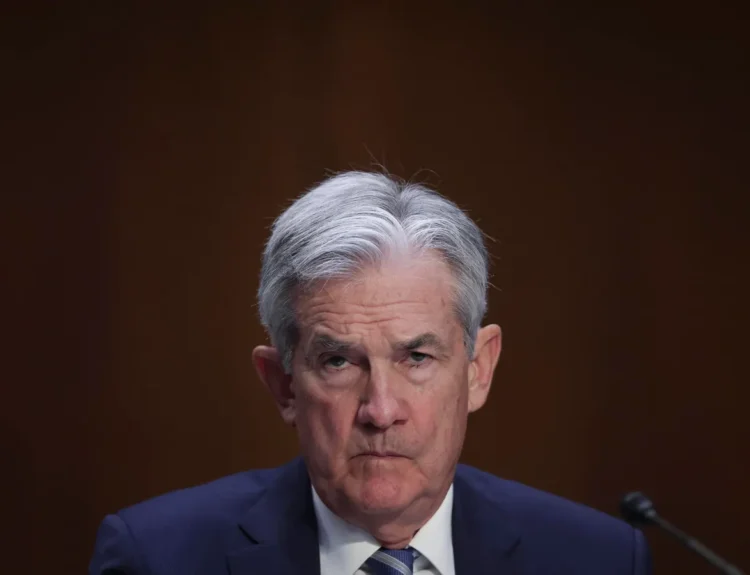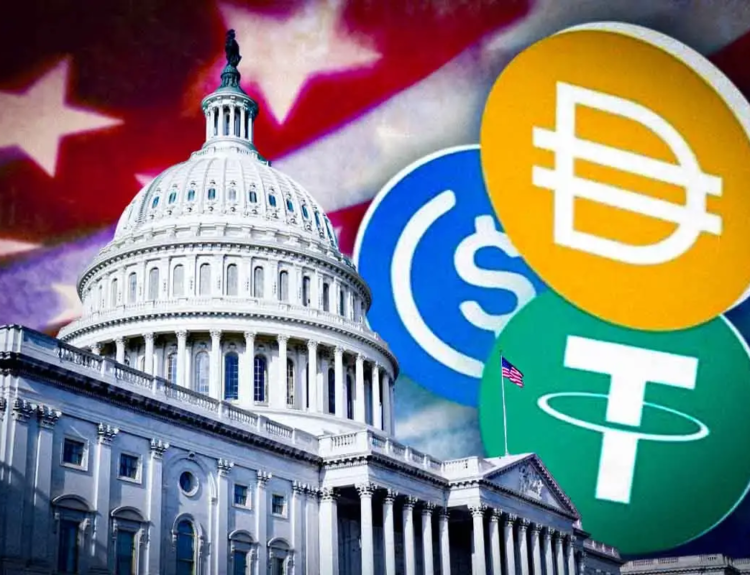This is a follow-up to my earlier piece — “Trump’s Tariffs Are Real, But Are His Trade Deals Just for Show?” — which sets the context, legal backdrop, and deal politics.
Where the deadline stands (timing, scope, and enforcement signals)
The White House has reiterated that the August 1, 2025 deadline will not be extended as it moves to activate the new tariff regime. The administration’s framework features “reciprocal” country rates (often 25%–50% for non-deal partners) and a baseline tariff that officials and forecasters now peg at ~15% for other imports. Expect Customs (CBP) guidance and HTS/ACE updates to begin rolling through as the effective minute arrives, with additional sector lines to follow.

Who has deals (and who doesn’t)
A few high-profile frameworks are in place or close — but a majority of U.S. import exposure is still unresolved. Goldman Sachs estimates that partners representing ~56% of U.S. imports still lack a deal heading into the cutoff. Publicly reported “last-mile” moves include a ~15% track for some allies (e.g., South Korea), while others remain in the reciprocal-tariff conversation pending final texts (including Mexico and Canada). Brazil, India, and others face elevated rates absent last-minute breakthroughs.
(Context for the stalemate: the administration initially imposed a sweeping set of reciprocal tariffs in April, paused for 90 days, then extended again to Aug. 1 while sending bespoke rate letters to select partners.)
What to expect tomorrow and over the next 72 hours
As the clock flips past 12:01 a.m. ET on Friday, Aug. 1, three practical scenarios can unfold, each with distinct market and trade implications:
- Managed activation at ~15% for “framework” partners; higher rates for others
If ally tracks hold at ~15% and others fall into 25–50% buckets, expect a headline wobble in exposed sectors but a relief bounce versus worst-case 30%+ fears. Importers will still need to reprice landed costs, adjust bonds/cash flows, and watch for CSMS notes on any savings clause for in-transit cargo. - Breakdown and “hard” reciprocal rates
If texts slip or talks collapse, reciprocal rates could ratchet up (e.g., 30%+), inviting rapid EU retaliation lists and pulling global cyclicals lower. Watch Brussels’ timetable for counter-tariffs and any activation of its Anti-Coercion toolbox. - Rolling sector add-ons on top of country rates
The administration is sequencing sector tariffs — semiconductors (policy reveal in ~two weeks), pharmaceuticals (signaled), and materials (e.g., a 50% copper line has been formalized). These layers can tighten even “good” country deals and produce second-wave cost shocks into late Q3.
Sector-specific tariffs: the next front
Officials have telegraphed semiconductor-specific measures within two weeks, tied to a national security probe. Expect carve-outs or preferential treatment for partners who inked deals and for firms committing on-shore capacity. Reports also point to pharma and critical minerals moving from rumor to rule — with the White House already narrowing a copper proclamation to semi-finished and copper-intensive products starting Aug. 1 (while outlining a phased universal tariff on refined copper later). These steps matter because they stack atop country rates and hit supply chains with minimal slack.
Macro & markets: how much could this bite?
Macro shops warn against complacency. Some banks have incorporated a ~15% baseline into their tariff path and see inflation uplift from the program, while prominent strategists caution that the growth and earnings drag could build if policy tightens further into Q3–Q4. In short: near-term market reactions hinge on rate levels and exemptions, but the medium-term impulse could still be inflationary and margin-compressive if sector add-ons proliferate.
Legal overhang: a wild card for enforcement cadence
A federal appeals court is weighing core challenges to the president’s tariff authority just as the deadline arrives. The lower-court ruling against key planks was stayed pending appeal; there’s no injunction stopping activation tomorrow, but the case introduces tail risk of late-summer rule changes that could force CBP and traders to re-paper entries. Keep one eye on the docket.
Disclosure: This article does not represent investment advice. The content and materials featured on this page are for educational purposes only.
Related:
Trump’s Trade War Reshaped: US–EU Deal Finalized, China Truce Extension Likely
Global Markets Kick Off Tuesday With Cautious Optimism: Market Wrap
Market Is Euphoric Again — and Everyone Knows It
Wall Street Keeps Breaking Records, But Big Tests Are Looming
Tariff Shock Incoming: Trump’s August 1 Deadline to Hike Prices on Food, Clothing, and Cars
Hottest Business Strategy This Summer Is Buying Crypto
Accidental King of Meme Stocks: How a Canadian Hedge Fund Manager Sparked 2025’s Retail Rebellion










